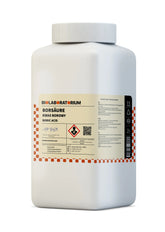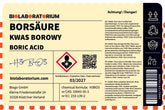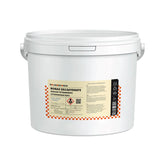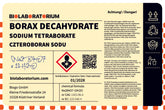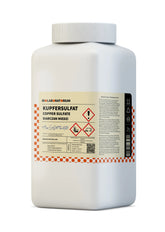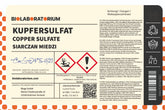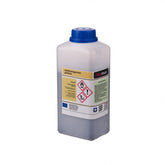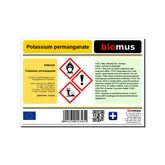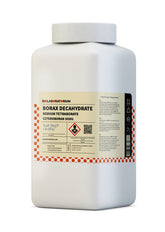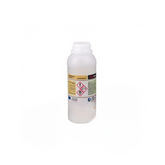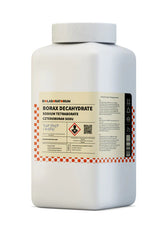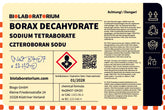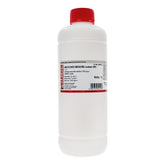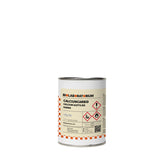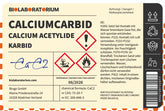Nitric acid – properties, industrial applications, and safety
Nitric acid, also known as aqua fortis, is one of the most important industrial acids and plays a crucial role in many industrial processes. As one of the strongest mineral acids, it has a wide range of applications, from the production of fertilizers to metal processing. In this blog post, we will take a closer look at the properties, uses, and safety aspects of nitric acid.
Properties of Nitric Acid
Nitric acid (chemical formula: HNO3) is a colorless to slightly yellowish, extremely corrosive liquid. It has a pungent, suffocating odor and is highly soluble in water. With a pH value of about 0.1, nitric acid is one of the strongest acids that exist.
Its high oxidizing power and reactivity make nitric acid a powerful but also dangerous substance. It can attack and decompose many metals, organic compounds, and other materials. Contact with skin or eyes can cause severe burns.
Industrial Applications of Nitric Acid
Due to its unique properties, nitric acid finds diverse uses in industry:
Fertilizer Production
One of the main application areas is the production of nitrogen fertilizers such as ammonium nitrate or potassium nitrate. Nitric acid serves as a starting material here.
Metal Processing
In metal processing, nitric acid is used for pickling, etching, and polishing metals. It removes oxide layers and impurities from the metal surface.
Explosives Production
Nitric acid is an important component in the production of explosives such as nitroglycerin or trinitrotoluene (TNT). Its oxidizing power makes it suitable for this purpose.
Pharmaceutical Industry
In pharmaceutical production, nitric acid is used in the manufacturing of medications, vitamins, and other pharmaceutical products.
Chemical Synthesis
As a reactive acid, nitric acid plays an important role in many chemical synthesis processes, e.g., in the production of dyes, plastics, or pharmaceuticals.
Further Applications
Additionally, nitric acid is also used in the textile industry, glass and ceramics industry, leather processing, and wastewater treatment.
Safety in Handling Nitric Acid
Handling nitric acid requires the highest precautions, as it is an extremely dangerous substance. Some important safety aspects:
Personal Protective Equipment
When handling nitric acid, wearing appropriate protective equipment such as chemical protective suits, gloves, and respiratory masks is essential.
Storage and Transport
Nitric acid must be stored and transported in tightly sealed, corrosion-resistant containers. Separation from other chemicals is important.
Disposal
Nitric acid residues and waste must be disposed of properly and in an environmentally sound manner. Neutralization with bases is often required.
First Aid
In case of contact with nitric acid, immediate action is important. Affected body parts must be rinsed promptly with plenty of water. If swallowed or inhaled, medical assistance is absolutely necessary.
Fire Protection
Nitric acid itself is not flammable, but it can cause fires and explosions when in contact with combustible materials. Suitable extinguishing agents and fire protection measures are required.
Overall, handling nitric acid requires utmost caution and expertise. Only trained personnel should work with this substance. However, by following all safety regulations, the risk can be managed.
Conclusion
Nitric acid is a powerful yet dangerous industrial acid with diverse industrial applications. Its properties such as high reactivity, oxidizing power, and corrosiveness make it a valuable but also risky chemical. Therefore, safe handling of nitric acid is of crucial importance. Only by adhering to all safety measures can the potential hazards be controlled and the benefits of this substance be utilized in industry.

